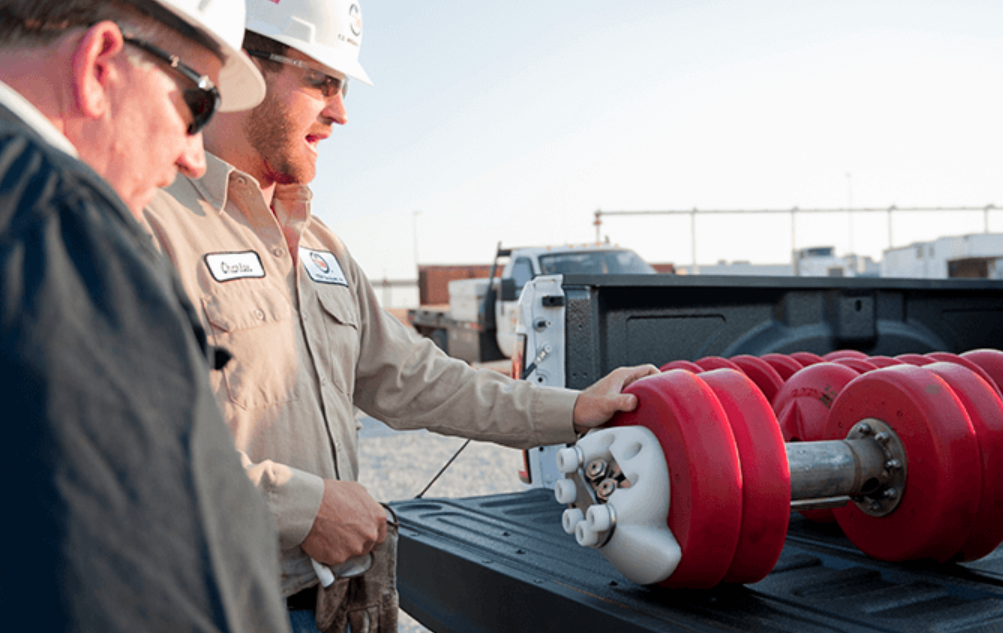When it comes to the safe and efficient operation of pipelines, the word “pigging” might not be the first thing that comes to mind. However, behind the scenes of industries like oil, gas, food processing, chemicals, and pharmaceuticals, pigging plays a vital role in ensuring pipelines stay clean, contamination-free, and efficient. It’s a tried and tested process, yet one that continues to evolve with technology and innovation.
In this article, we’ll explore what pigging is, why it matters, how it works, and where it’s being used, giving you a full understanding of its importance in modern industrial systems.
What Is Pigging?
Pigging is a method used to clean or maintain pipelines without halting the product flow. It involves inserting a device known as a “pig” into the pipeline. This pig is then pushed through the pipeline by the product itself or by a separate pressure source, like compressed air or gas.
As it travels, the pig performs various tasks, including:
- Cleaning the inner pipe walls
- Separating different batches of products
- Recovering leftover materials
- Inspecting for internal defects or corrosion
The term “pigging” is believed to have originated from the squealing noise early devices made inside the pipeline—much like a pig.
See also: UL TPU Cable: The Modern Solution for High-Performance Cabling in Today’s Tech Industry
Why Is Pigging Important?
The importance of pigging becomes clear when considering the challenges pipelines face:
- Residual buildup can decrease flow efficiency.
- Product loss at changeovers can be costly, especially in the food and chemical sectors.
- Contamination risks between batches can result in spoiled product and legal issues.
- Pipeline defects like corrosion or cracking can lead to serious accidents or leaks.
Pigging helps eliminate or mitigate these risks, making it an essential tool in industrial maintenance and product handling.
Types of Pigs
Pigs are tailored to the specific needs of a pipeline. Here are some of the most common types:
🧽 Foam Pigs
Made of open-cell foam, these are lightweight, flexible, and often used in drying or low-pressure cleaning operations.
🔧 Cup and Disc Pigs
These use rubber cups or discs to create a tight seal and are suitable for cleaning and product displacement tasks.
🧹 Brush Pigs
Equipped with metallic or synthetic brushes, these pigs are used for aggressive cleaning where there is heavy buildup.
📡 Smart Pigs
Fitted with sensors, GPS, and data loggers, smart pigs inspect the pipeline’s condition. They can detect corrosion, wall thinning, or deformation, providing critical data for maintenance planning.
💧 Gel Pigs and Spheres
Soft and flexible, these are used in sensitive pipelines or for pushing through irregular shapes and bends.
The Pigging Process in Action
Pigging is not just about inserting a tool into a pipe. It’s a coordinated process involving several key steps and equipment.
1. Loading the Pig
The pig is inserted into a specially designed chamber called the pig launcher. This part of the pipeline is isolated, depressurized, and sealed before launching.
2. Pig Propulsion
The pig is pushed through the pipeline by pressure, which could be from the product being transported or from another fluid or gas source. The movement is carefully controlled to ensure proper function.
3. Tracking and Monitoring
Operators may track the pig using acoustic signals, magnetic detectors, or GPS. This ensures it doesn’t get stuck and completes its journey safely.
4. Pig Receiving
At the end of the pipeline, the pig receiver captures the device. Once inside the receiver, the pig can be removed, cleaned, or replaced.
Industries That Rely on Pigging
Pigging is widely used in a range of industries. Each sector has its own reasons for incorporating pigging into their operations:
🛢️ Oil and Gas
Used for cleaning long-distance pipelines and inspecting for structural damage, pigging is a critical safety tool in this industry.
🧪 Chemical Manufacturing
Pigging allows efficient product changeovers and helps recover valuable chemicals that would otherwise be wasted.
🧃 Food and Beverage
In sanitary environments, pigging ensures hygienic conditions, reduces product loss (e.g., sauces, syrups), and improves efficiency between product batches.
💊 Pharmaceuticals
Strict hygiene standards mean that pigging systems used here must meet sterile conditions. It’s a common part of Clean-In-Place (CIP) systems.
🚰 Water Utilities
Pigging clears sediment, bacterial growth, and biofilm in municipal and industrial water systems, keeping flow consistent and clean.
Benefits of Pigging
So, what exactly makes pigging such a popular method across so many industries?
- Improved Product Yield: Pushes out product left in the pipeline, reducing waste.
- Cost Savings: Reduces the need for manual cleaning and minimizes cleaning chemicals.
- Non-Intrusive Maintenance: Most pigging tasks don’t require halting operations.
- Enhanced Safety: Smart pigs detect internal flaws before they become dangerous.
- Environmentally Friendly: Less waste and chemical usage align with sustainability goals.
- Batch Integrity: Helps prevent contamination when switching from one product to another.
The Future of Pigging
With the rapid advancement in technology, pigging is becoming smarter, cleaner, and more efficient:
- Smart Pigging is now incorporating real-time data transmission and machine learning algorithms for predictive maintenance.
- Automated Systems allow remote operation, reducing downtime and labor costs.
- Eco-Friendly Pigs made from biodegradable materials are being developed to reduce environmental impact.
- IoT Integration connects pigging data with cloud-based monitoring systems, helping organizations make data-driven decisions.
Pigging is no longer just a maintenance practice—it’s a strategic tool for efficiency and sustainability.
Conclusion
Pigging may sound like a simple process, but it plays a powerful role in the safe and efficient operation of pipeline systems. Whether it’s pushing out the last drop of syrup from a food pipeline or inspecting thousands of miles of oil lines, pigging ensures that flow systems perform at their best with minimal waste and risk.
As industries look for smarter, cleaner, and more efficient solutions, pigging continues to evolve. It’s a quiet workhorse of the industrial world—often out of sight but always essential.





